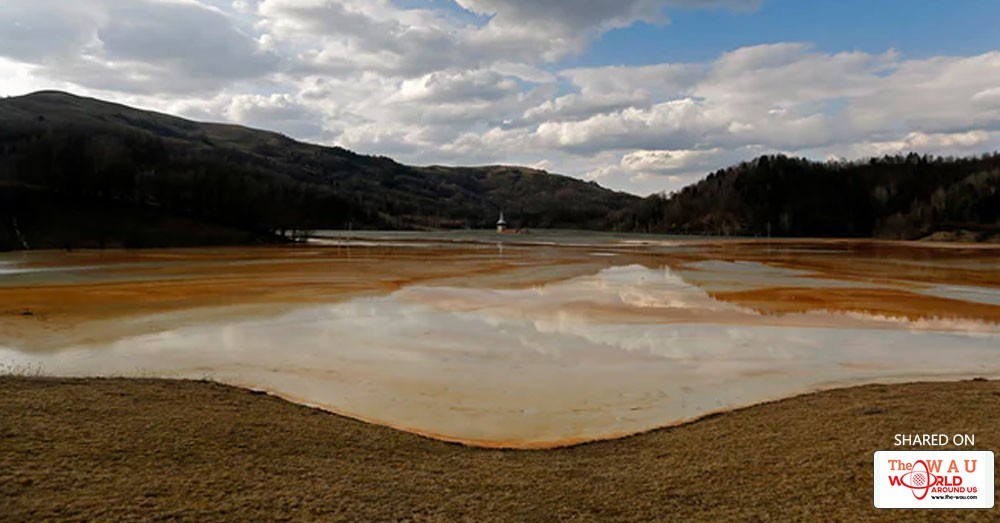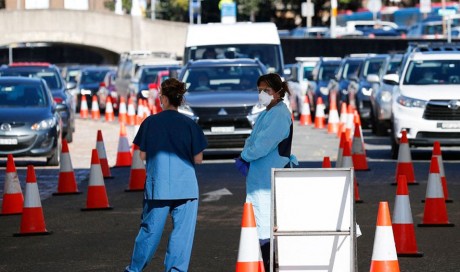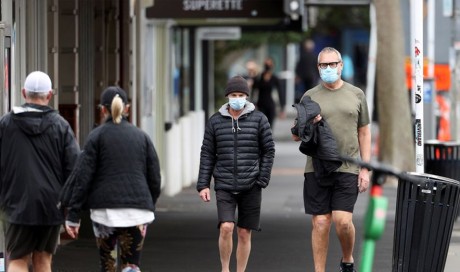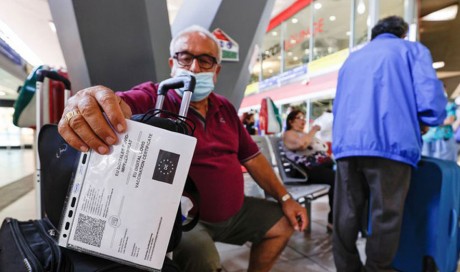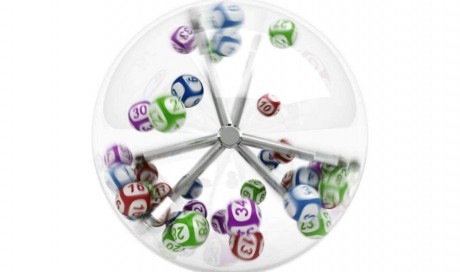Romania’s prime minister has suggested his government will seek to withdraw an application to have the former gold mining area of Roșia Montană declared a Unesco world heritage site, potentially paving the way for the return of a controversial mining project.
Roșia Montană sits on Europe’s largest known gold deposits, an estimated 314 tonnes of gold as well as 1,500 tonnes of silver, and has been at the centre of a drawn out fight between Canadian mining company Gabriel Resources and Romanian activists.
To extract the gold, the mining project would involve the heavy use of cyanide, turning a nearby valley into a tailings dam holding up to 250m tonnes of cyanide-laced waste. It would also destroy four mountain peaks, nearby villages, and a series of 2,000-year-old Roman mining galleries.
Three weeks of mass protests in 2013 effectively halted the mine’s development, with the government withdrawing its support in 2014.
During a televised discussion, president Mihai Tudose questioned the previous government’s decision to submit the site to Unesco, with its impact on Romania’s ability to exploit the underground resources in the future. He added that reversing the process now that the nomination had been submitted could prove hard.
“We will try to withdraw it, to write that we no longer support the same point of view, which will put us in a very strange position with the international organisations,” he said. “If things remain final, it’s all over.”
Those opposed to the mine believe that the government is trying to reverse course in the face of massive compensation claims.
Since being granted an exploration license in 1999 Gabriel Resources has invested $700m in Romania. In late June the mining company filed compensation claims at the World Bank’s court of arbitration to the tune of $4.4bn, with the first hearing set for September 2019.
“The government is trying to strike a deal with Gabriel Resources,” said Stéphanie Danielle Roth, a Swiss-French environmental activist who has spent years campaigning to stop the mine. “It’s very worrying. The interview was no accident – Tudose was outlining the government’s plans for the future.”
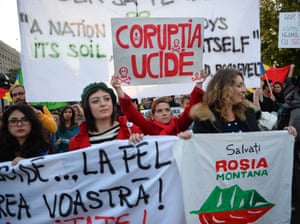
On 21 August local media reported that the law firm representing Romania in the dispute had sent a letter to the prime minister suggesting withdrawing from the arbitration and endorsing the mining project. Opposition politicians demanded to know if the reports were true.
Mihai Gotiu, a senator for the opposition Save Romania Union party, warned shortly before the prime minister’s television appearance that the government was trying to withdraw the Unesco file and accused them of attempting to make a deal in order to keep hidden details of the hundreds of millions of dollars Gabriel Resources has spent to gain support among politicians, experts, journalists and others.
Renewed protests against the mining project have been announced in several major Romanian cities for this weekend.
Share This Post

